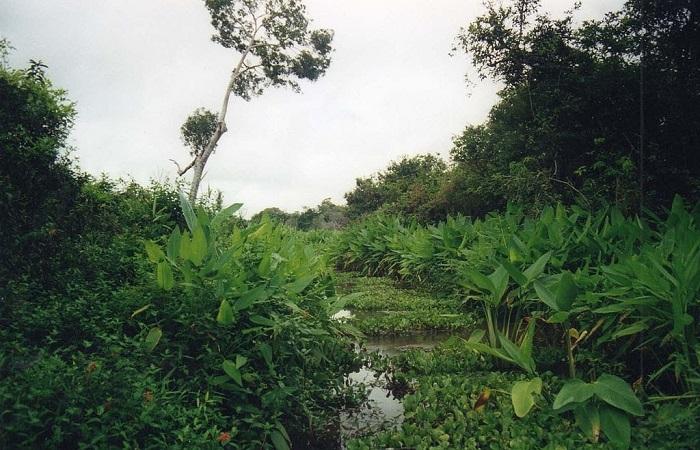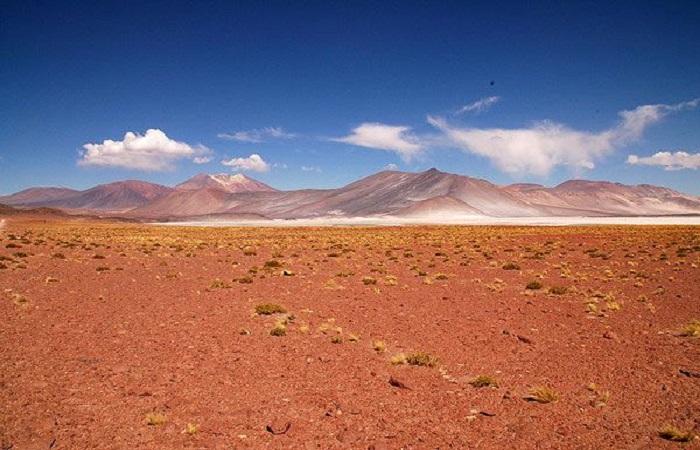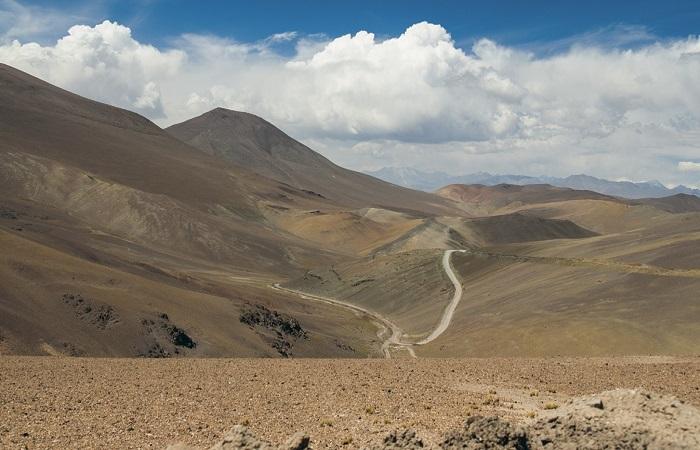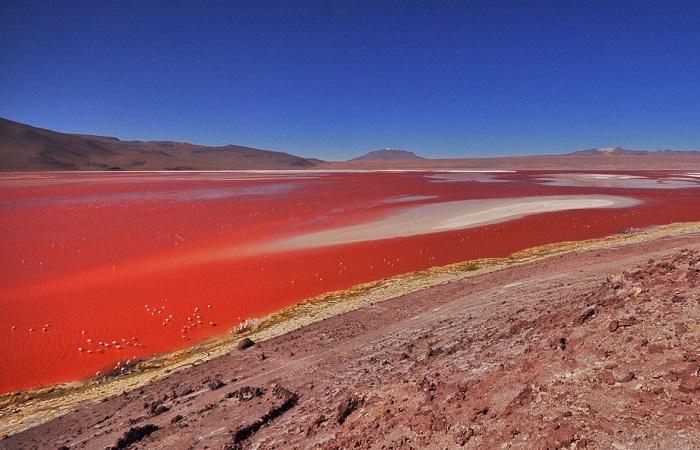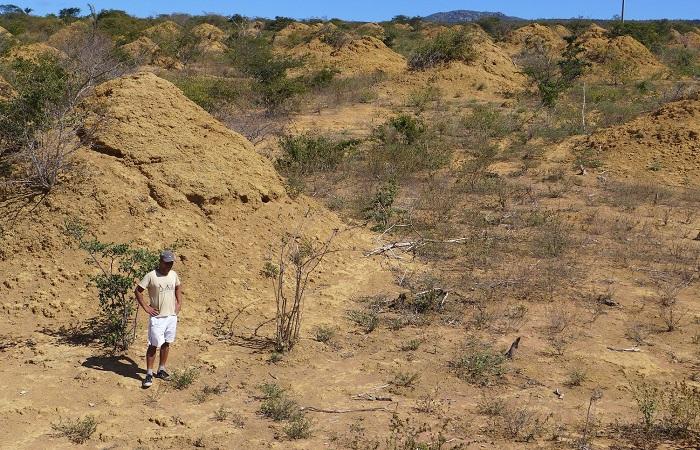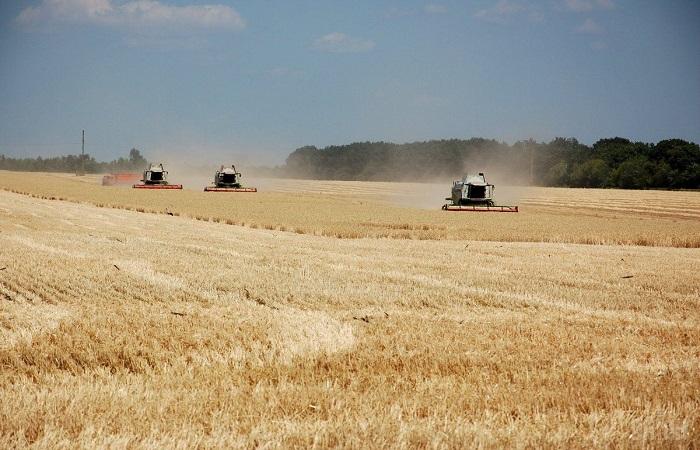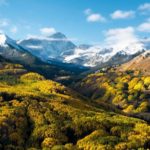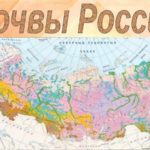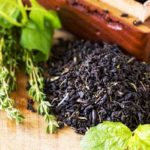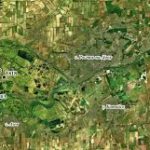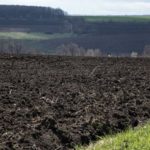South America has many zonal soil types in which a variety of crops grow. This is due to the geographical location of the continent and the peculiarities of its development. The soils of South America are characterized by different compositions. Due to this, they are actively used in agriculture. But when growing cultivated plants, it is worth considering a number of features.
Soil specifics
The soil cover of South America is characterized by the following distinctive features:
- the large extent of the continent along the meridian;
- the presence of a mountain barrier along the western shores - this is associated with the moistening of the nearby plains;
- the predominance of eastern moisture transfer from the Atlantic Ocean, which is typical for the equatorial part, tropical and subtropical zones;
- distribution of ancient planation surfaces in the equatorial and tropical zones;
- the presence of alluvial plains in the subtropical part of the continent;
- active volcanic activity in the Andes;
- the presence of humid equatorial forests.
What soils are typical for America?
Depending on the nature of the climate, the placement of soil belts on the map has several types:
- equatorial and tropical formations - occur in the northern regions;
- subtropical and moderately cold formations - extended from the northern part to the south;
- desert areas;
- Andes.
A distinctive feature of the South American soil cover is that it does not form continuous homogeneous areas, as is typical for glaciers and loess plains in North America and Europe.
Almost the entire Amazonian lowland is occupied by evergreen equatorial forests. They grow on lateritic, often podzolized soil types. These types of soil are characterized by the process of podzolization in the upper fragments of the horizon and allitization in the lower ones. These types of soil are not very thick and contain few nutrients.
Litter products that constantly enter the soil rapidly decompose in a uniformly hot and humid climate and are immediately absorbed by plants. They simply do not have time to accumulate in the ground.
Various types of savannas and woodlands are observed on the eastern plains and plateaus. They grow in red, red-brown or red-brown soil. These types of soils are characterized by the process of allitization. But its severity is gradually decreasing.
Red and red-brown soil of tropical woodlands and savannas is characterized by a high humus content. It is considered more fertile compared to the soil of humid forests.
Desert soils are observed on the Pacific coast and in the Atacama basin area. Zones of practically barren rocky soil are replaced by massifs of loose sand and large areas covered by saltpeter salt marshes.
In the extreme southeast of the Brazilian Highlands, which receives high rainfall throughout the year, subtropical forests grow. They develop in red soil.
Subtropical vegetation occurs on brown soils. Patagonia, which is located in the southeast, is characterized by gray-brown soils on which dry steppe and semi-desert vegetation is found. Salinization is often observed in these types of soil.
In the extreme southwestern part of the continent, which is characterized by an oceanic climate, small temperature fluctuations and high rainfall, evergreen subantarctic forests grow. They develop in forest brown soils.
Application
The continent's soils have received widespread agricultural use. The main crop grown on this continent is corn. A lot of wheat is also cultivated on the mainland.In addition, legumes, potatoes, and unsweetened bananas grow well in the soil of the continent. Quite often they plant soybeans, an oilseed crop that contains many protein components.
Among industrial crops in South America, sugar cane accounts for the main share. Coffee and cocoa are also grown in many countries in the region. There are many oilseed crops found on the South American continent.
The soils of South America differ in structure and composition. This is due to the peculiarities of the climate and geographical location of the continent. The variety of soil types allows the inhabitants of the mainland to actively engage in agriculture.

